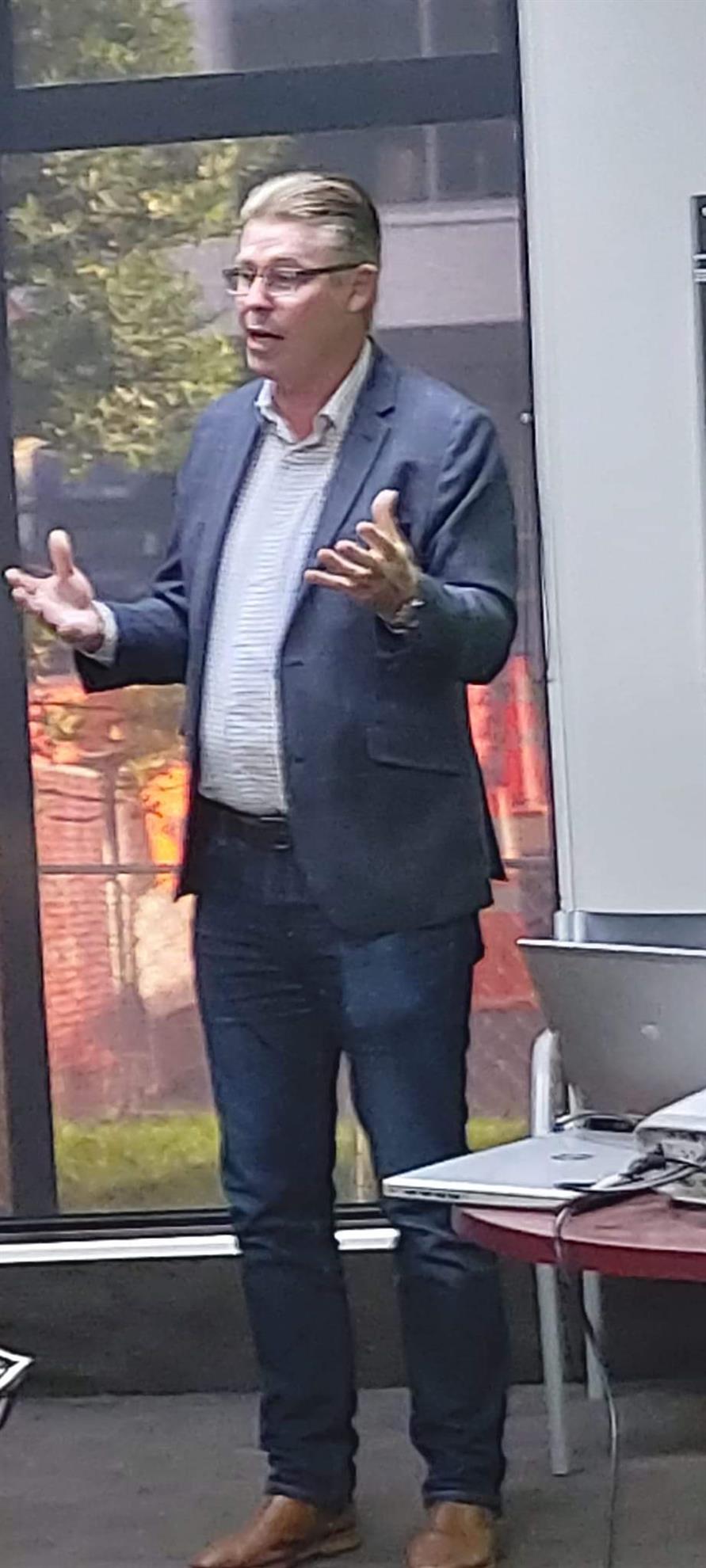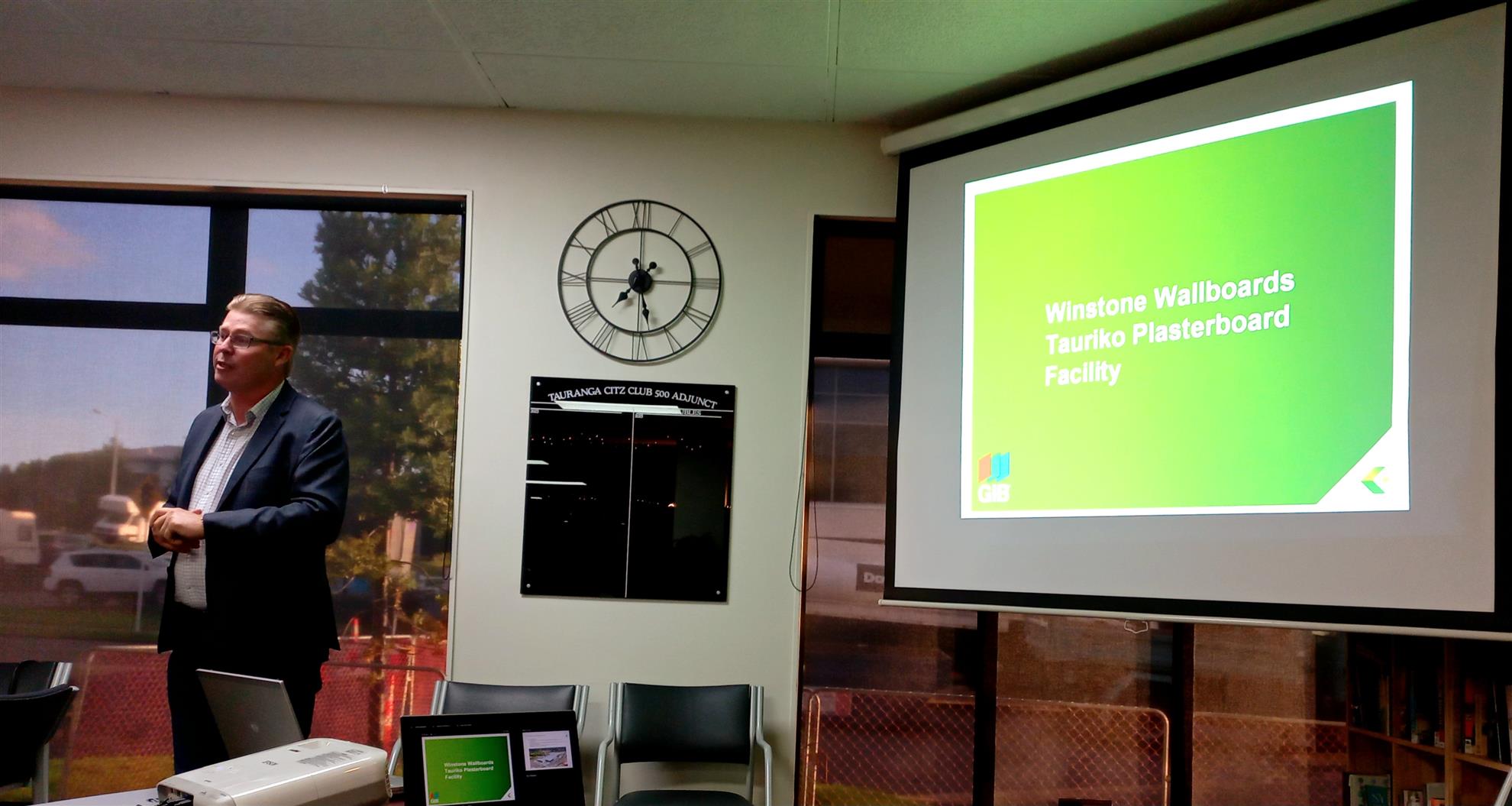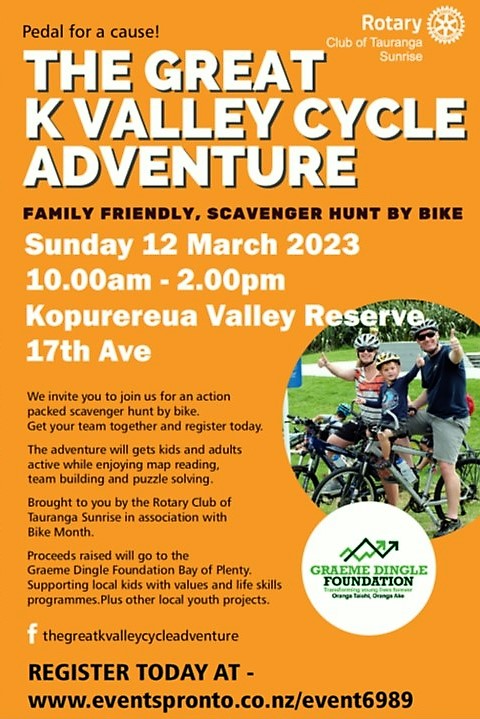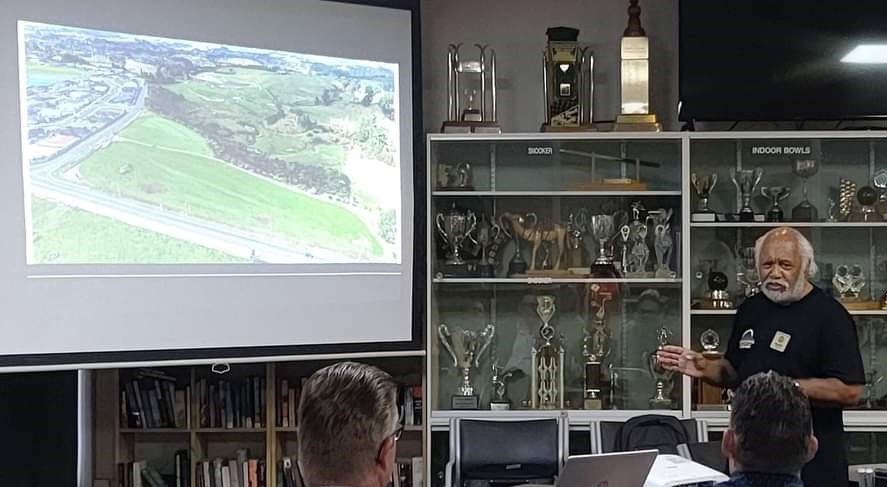Visitors: Stewart Vaughan, Warwick De Vere, Barry Partner
President – Lynda Burch
President Linda welcomed guest.
Birthdays
Glen Dougal
Guest Speaker – Stewart
Pat introduced Stuart Vaughan.

Stuart is married with two children both and now adults. He works for the Fletcher Building Group and back in 2018 was appointed to the wallboard division of Winstone Wallboards innovation and products, help to build New Zealand. Winstones has been around 85 years, with operations in Christchurch and Auckland to manufacture, distribute and forecast the requirements to produce GIB.
In 2018 Winstones got the green light from head office to build a new plaster board plant, and Stewart was asked back from Fletcher Building management to run Winstones. His directives were to find a place which was a central hub to the North Island that had the best supply chain and could handle a lot of truck movements. The current manufacturing of Gibson, Winstones uses 26 tons every 6 weeks of GIB.
Stewart worked with Priority One, who introduced him to a local develop developer in Tauranga and began the process of consenting for the site. It was at this point he was introduced to Buddy Mikaere for the consent and help for the 12.8 HA site from the local iwi.
Stewart needed to have a site that would house a 63,000 square metre plant. Half for warehousing, and half for the manufacturing. Also the site has to last at least 50 years. So the new site needed to be 50% bigger than the current site in Auckland. It also needed to hold the stock of up to 24 days. As well as be reliable, with design features to include new systems to be automated. Like Hoppers at the Port of Tauranga and at the plant, so as not to contribute dust into the atmosphere. This will be first plant in the southern hemisphere to be able to recycle all the GIB and put this back in to development of products. Currently, they’ll be able to use recycle products of up to 10% of material but can manufacture up to 30%.
Inside the plant is state of the art, highly automated, efficient and safe. In the manufacture of GIB rock, a lot of heat is required and broken down into a plaster-of-paris slurry and then placed in between an envelope of dry paper to then be dried in a kiln. The Kiln is now 15% more efficient.

On top of this from an environmental process, they have been able to significantly reduce the carbon released and also process of heat recovery via heat exchangers to be reused within the plant. This will be the cleanest plasterboard plant in the world. With an overall emissions reduction of 13% all water on site gets recycled back and no trade waste from the site. The roof has been future proofed to be able to take solar panels with Fletcher Building’s target to reduce emissions across the organization by 30% by 2030.
The project design was finalized in February 2020, with a completion due by the end of March 2023. At this stage, the first plaster board is due to be manufactured at the start of April. The plant construction is on budget and on time! Which is a very rare thing for any project, particularly in an environment of high rising costs and inflation.
Stuart then took us through a drone tour of the site and showed us the very various elements of loading, pickup distribution, electrification of forklifts, LPG tanks and pumps. There will also be a Pellet repair shop, and distribution yard.
Kat thank Stewart for his presentation and looks forward to seeing its progress in the future as an interested, regional counsellor.
Announcements: 
Ross Brown – Collection books for Vanuatu
Ross is looking for volunteers to help sort the books at Sally Morrison’s place. Sat 4th March from 10.30am till 2.30pm
Dan Allan – Waitangi Day Celebrates
Dan thanked Buddy for the Waitangi Day Celebrations at the Historic Village and the funds raised for the Graeme Dingle Foundation
RYPN Camp – 17th March 5pm and 19th March midday
Looking for drivers on this day to transport kids in and out of the camp, as due to road damage with the storms a 50 seater bus can’t get up the road to the Camp.
Sergeant Session
Buddy gave the Rotary a presentation on the Te Ranga Historic Reserve enhancement project for the Battle of Te Ranga. The site is just north of Aquinas College and the battle was on the 21 June 1864. With the school/college becoming the site Kaitiaki, as guardians of the site. Work has already begun on the reserve with native plantings mainly Manuka, flax and a few others plants.

Part of the site the future site will have a cemetery in the corner of the site, with the goal to create a recreation reserve on the rest of the site. Plans are to build a waharoa and tomokanga (gatehouse), carpark, walkway, and signage can be developed, and work is underway to form a bund (embankment) and begin hillside planting.
Carvings, additional walkways, information panels and a covered structure near the existing marker are also planned
Buddy then showed us illustrations of the future site and they have goals to add a dairy farm to the site to be able to replant and improve the environment for the reserve and local wildlife. Reintroducing whitebaite and other native species.. The reserve project is based on a reserve in the far north called Ruapekapeka reserve.
Parting thought: Andy
Korean - When your house burns down, you must walk among the ashes and pick up the nails.